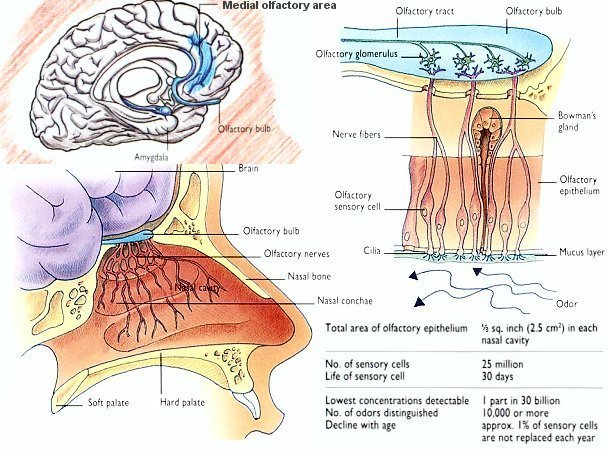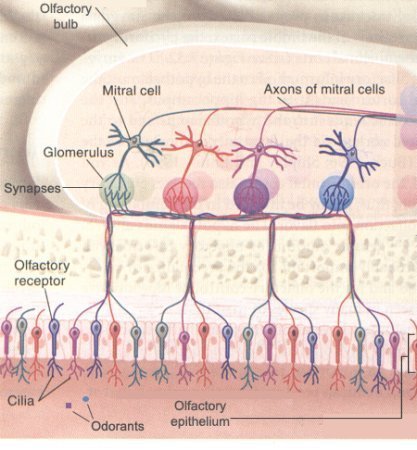|
Diabetic polyneuropathy
Polyneuropathy treatment
Polyneuropathy
ALA in
diabetes
Reversing
diabetes
Brown rice
Diabetic
study halted
Broccoli in
Diabetics
Diabetic amytrophy
Anemia &celiac disease
Polymyositis
Adverse reaction to smallpox
vaccine
CDC VACCINE ALERT
Vaccination &
Autism
Smallpox
Vaccination
Vaccination Guide
Gardasil Facts
WHO caused Aids
Mycoplasma
Electronic treatments
Cure all diseases
women athletes
Alopecia
Areata Alopecia
Makeup
heart disease & stroke
Electrical Stimulation Therapy
IVIg
new
treatment
Sand Bath
Glutathione
Sulphur Bath
Massage & Cancer Cure
Quick Heart Cure
Say No TO FORCED
vaccination
Massage Benefits Parkinson
Curry Powder
Water
chestnut
Sweet potatoes highest
vitamin
|
Vaginal
Infection
Foundation | | |
alternatives treatment of autoimmune disease read our e-book
Special Google
Health Search
Contents
Neurons and Nerves
Neurotransmitter
The Brain
Spinal Cord
Peripheral Nervous System
Autonomic Nervous System
Senses:
Sight,
Senses,
Smell,
Taste,
Sences,
Senses
Memory
Higher Functions
Altered States
[Top]
Smell (see location of the
various components in
Figure 09):
 |
- Nasal cavity - This a large air space above and
behind the nostril. Three shelf-like ridges of bone
(nasal conchae) are there to deflect air. In normal
breathing, air flows through the lower part of the
cavity, past the rear of the soft palate and into
the throat (Figure 16). A good sniff sends the odor
eddying up into the roof of the nasal cavity, where
it comes into contact with the olfactory apparatus.
- Mucus layer - Only those odor molecules that can
be dissolved in the mucus, become the stimulants to
the receptor sites on the cilia.
|
|
- Cilia - These are the hairlike projections from
the olfactory sensory cells, and trigger the sensory
cells to generate nerve signals if the receptors
recognize the shape of the odor molecules. It is
estimated that the human nose contains about 1000
different types of olfactory neurons, each type able
to detect a particular set of chemicals.
|
 |
- Bowman's gland - This gland makes the mucus.
- Olfactory sensory cell - It is embedded in the
olfactory epithelium. Nerve signals pass upward along
the cell body, which narrows into a wire-shaped nerve
fiber, or axon. The axons from thousands of sensory
cells group into bundles and convey their nerve signals
to the olfactory bulb.
- Olfactory bulb - In this structure, the axons form
complicated ball-shaped sets of connections with the
mitral cells. These connection area are olfactory
glomeruli, and there are hundreds in each olfactory bulb
(see Figure 17). Each glomerulus receives signals from
more than 25000 sensory cells and has tens of thousands
of connections from the mitral cells in the bulb itself.
Much sorting and processing of the signals takes place
in the glomeruli. The resulting nerve messages are sent
along the olfactory tract to the olfactory area in the
brain.
|
|
|
|
Go to smell
and taste
|
|
|
|
|
|
|
|